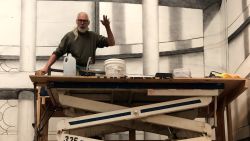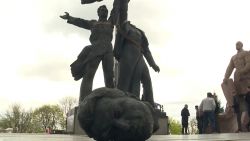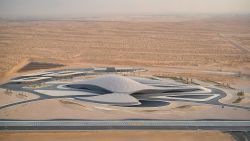Editor’s Note: The chair of the first RIBA International Prize grand jury, renowned British architect and Pritzker Prize laureate Richard Rogers joined CNN Style as guest editor for November 2016. He commissioned features on a subject close to his heart: the democratization of public space.
When I visit a foreign city, it is the public spaces and shared experiences that I remember, as much as the facades or interiors of individual buildings.
Architecture is not about buildings viewed in isolation, but about the experience of cityscapes, about how buildings respond to topography, frame space and create the structure of cities.
I love the way that narrow alleyways, with the sunshine turned to shadow on buildings, pavements and pedestrians, suddenly explode into the dazzling light of piazzas.
Public spaces – our streets and squares, parks and pavements – are the stages for public life; the public realm is at the heart of our life as social animals.
It provides for the meeting of friends and strangers, for the exchange of goods and ideas, for moments of tranquility, and for political protest.
The politics of public space
My practice’s architecture has always sought to extend civic space into buildings, to extend the public into the private realm, to bring light and air into cultural institutions, law courts and legislatures.
Our breakthrough project, the Pompidou Center in Paris, gave half the site over to a piazza, and extended this piazza through walkways and enclosed escalators up the facade of the building.
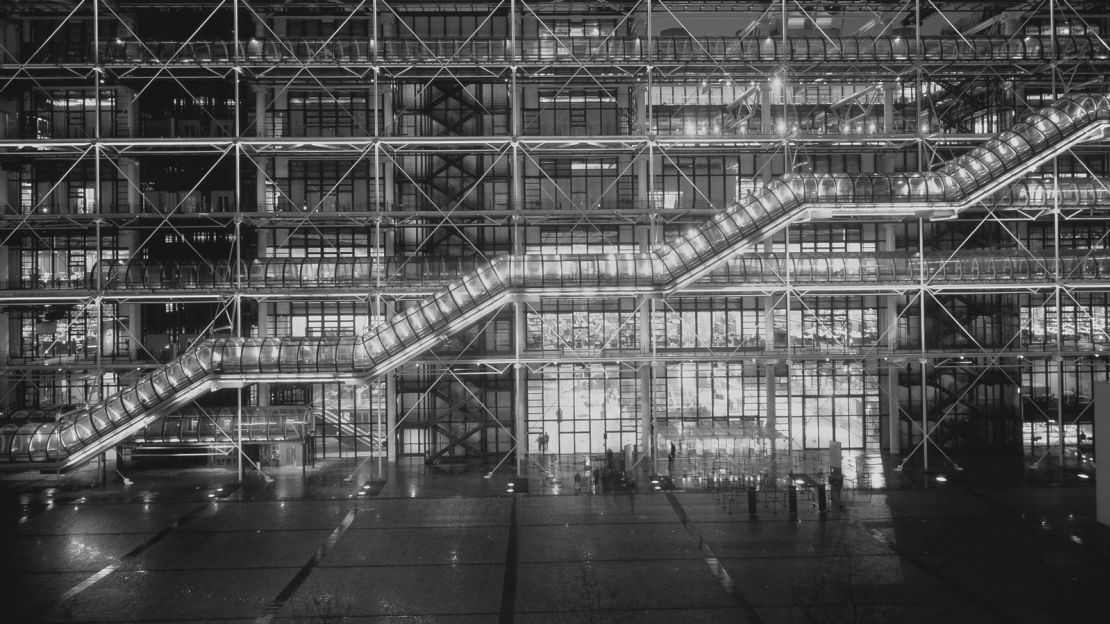
We were asked to design a temple of high culture and we described what we built as a cross between the British Museum and Times Square.
Later projects – the Bordeaux Law Courts, the Welsh Assembly, the Leadenhall Building – all sought to democratize the brief, creating places for the passerby and the casual visitor, as well as for the office worker, lawyer or legislator.
Politics and public space are densely intertwined – both are about our public life, our relationships with our fellow citizens, how we live together.
From the village green and the Athenian agora, to Zuccotti Park and Tienanmen Square, public spaces have always been political spaces, where citizens come together as equals to protest, to debate, to argue, to effect change.
When public space is eroded, it is our civic culture that suffers, even our democracy. Demonstrations are suppressed by governments, and even in London the right to congregate in Parliament Square – outside the ‘mother of parliaments’ – is constrained.
Forces of erosion
But other forces can erode the public realm too. Market forces have sapped the vitality of the high street, replacing it with the heavily policed world of the shopping mall, where only those with enough money, the right clothes, or the right colored skin are allowed in.
I remember being shocked on my first visit to one US city, where we had been commissioned to design a new mall.
In the heat of a Southern summer, the rich moved from air-conditioned homes, into air-conditioned cars, and then into air-conditioned underground shopping malls with security guards at the entrances. The poorer people lived above ground in a parallel universe of baking hot, badly maintained streets.
The car is the other enemy – of our public space, and of cities as a whole. When the car became king it destroyed the spirit of community, ate up the public realm, and demanded that cities be redesigned to meet its needs.
Public space became road space, and the meeting places of people were torn up to satisfy the car’s insatiable appetite for ring roads, roundabouts, highways and car parks, ripping the souls out of cities. Great highways severed communities and gobbled up land, occupying up to 60% of the land area of cities like Los Angeles.
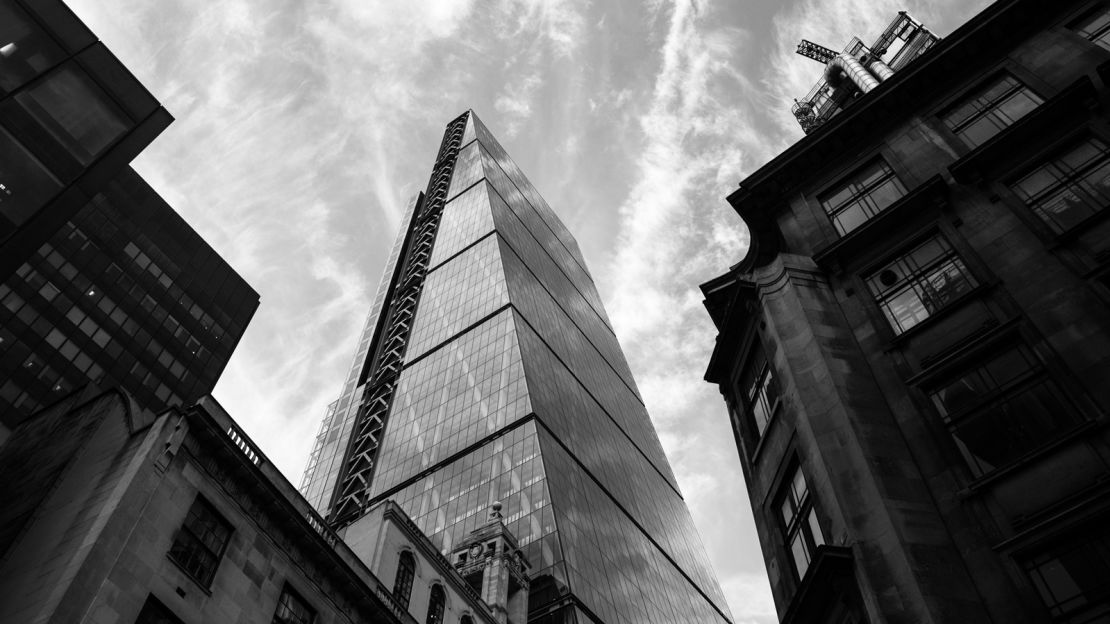
Spatial revolution
In the past 20 years, we have seen a slow revolution, a roll-back of the dominance of the car, and the reassertion that public space is for everyone, that it is the pedestrian and cyclist, not the motorist, who should have the upper hand.
It is no accident that the cities that are voted the most liveable and the most enjoyable to visit are those where the car is controlled and the public can dominate the street. Beginning to reclaim our cities from cars has enabled the resurgence of downtown districts, and made our cities cleaner, healthier and more vital.
But we need to do more than defend our public spaces from political suppression, privatization and dominance by private cars – we need to change how we think and talk about public space. Too often, the discourse is narrow, and looks at public spaces as amenities for recreation or spaces for biodiversity.
Public spaces are all of these things, but they are something more too and we should be talking the language of rights.
Everyone should be able to see a tree from their window, find a bench to sit on at a street corner, be able to walk to a small park with their children. The only way to accommodate growing populations, while preserving urban vitality and minimizing carbon emissions, is to live in denser, better-designed cities.
In these cities, the right to good public space for all will need to be asserted and respected more assiduously than ever.





